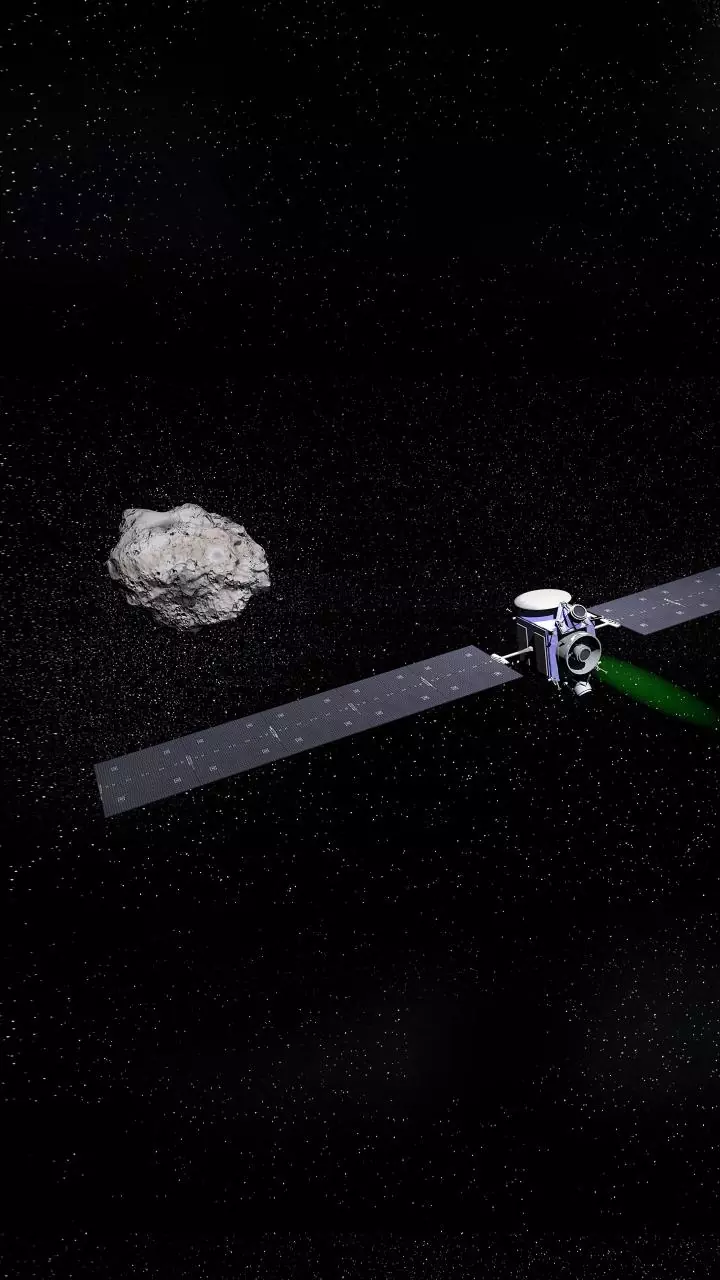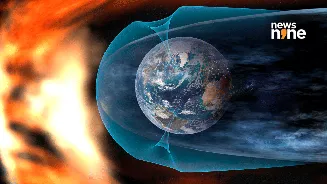Cosmic Speck Emerges
The story begins with the remarkable detection of 3I/ATLAS, an interstellar visitor, captured by Mars orbiters from the European Space Agency (ESA). The orbiters,
pivotal to this endeavor, were not initially designed for this kind of work; however, with the data obtained, they were able to view 3I/ATLAS. The comet's trajectory made it a particularly challenging target, requiring precise tracking and analysis. Scientists had to pore over the data, sifting through information to identify this unique object, confirming its extraterrestrial origins. The challenges, however, didn't deter the determined scientists. They saw this as an opportunity to gaze deep into the universe's mysteries.
Mars Orbiters' Discovery
The ESA’s Mars orbiters, while not their primary function, provided critical data by witnessing 3I/ATLAS. This event happened because the orbiters were equipped with sophisticated instruments, designed to study Mars but unexpectedly useful in tracking the comet. The observations, like a cosmic snapshot, painted a picture of a rare object. The orbiters' positions, coupled with their instrumentation, facilitated the capturing of the comet's spectral signatures, providing invaluable clues about its composition. These observations were crucial. They are helping scientists to piece together the details about this distant, ice-covered traveler. It offered a peek into a realm beyond our solar system, a window into the universe's distant past.
Older Than the Sun
The age of the comet is estimated to be older than the sun. This fact alone positions 3I/ATLAS as a crucial artifact from the universe's formative period. The comet's unique properties and origin hold significant implications for cosmic history. Its journey, far exceeding our solar system's boundaries, offered scientists an unprecedented opportunity to study the formation of our solar system. The composition of 3I/ATLAS may, therefore, be used to explore the origins of all celestial bodies and how they evolved over eons. The comet is believed to be a surviving relic that has drifted through the vast expanse of space for millennia, a relic that is older than the sun itself.
Spectral Mysteries Unfold
Scientists meticulously examined the spectral data collected by the Mars orbiters. This analysis allowed them to probe the comet's composition, revealing clues about its structure and constituent elements. This spectral analysis is a sort of fingerprint for identifying the elements that comprise the comet. The quest for a deeper understanding of the comet's structure and composition involved examining the different light the comet reflected or emitted. Through careful study of the spectrum, scientists started to decipher the elements within the coma, offering insights into its origins and the conditions it has endured. They could start to build a more complete understanding, unveiling some spectral mysteries, layer by layer.
Coma's Awakening Process
As 3I/ATLAS approached the sun, its coma, the gaseous envelope surrounding its nucleus, began to awaken. The heat from the sun triggered the release of dust and gases, igniting a kind of cosmic fire. The comet's encounter with solar radiation generated a remarkable display, an active process. The coma's activity offers essential clues about its composition. The heat, as it was applied, transformed the frozen components of the comet, causing the release of gases and the dispersion of dust particles. This gave scientists a better look at the comet's structure and composition. The coma's behavior, as it reacted to solar radiation, told the story of a traveler traversing cosmic distances, a story that continues to unfold.












